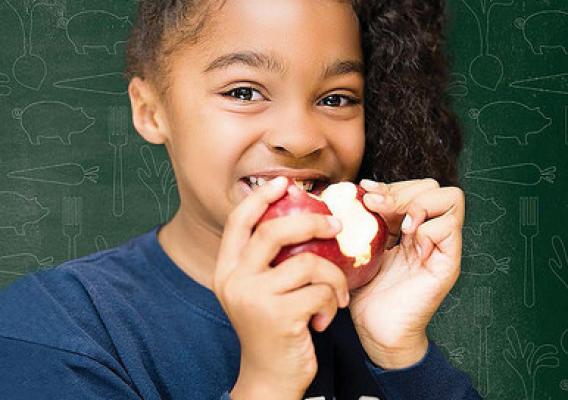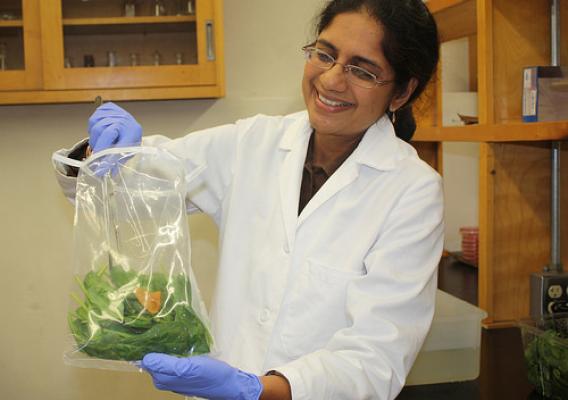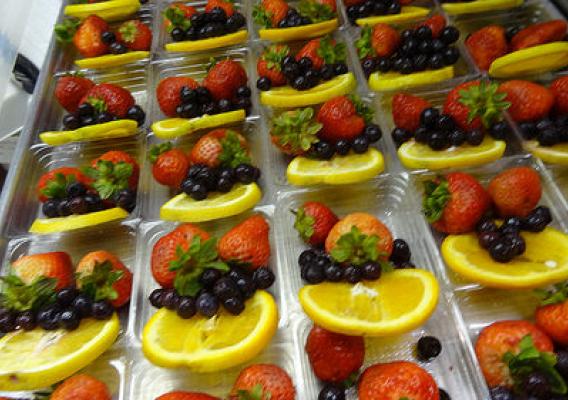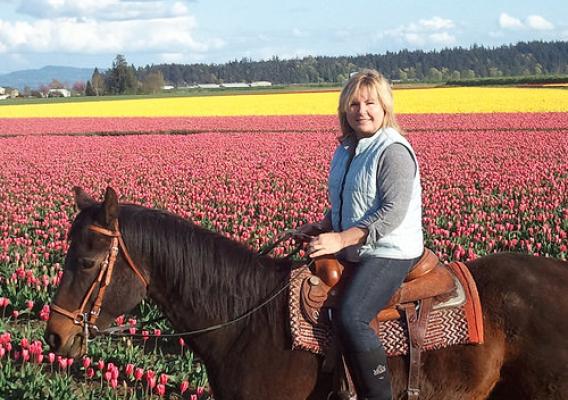At CNPP, we are passionate about reaching Americans with science-based messages that encourage healthy plates because we know that far too many Americans are not eating enough fruits, vegetables, whole grains, lean protein and low-fat dairy. MyPlate was designed to serve as a strong visual cue to remind Americans to make healthier food and beverage choices at every meal, and we love to see how other partners and organizations are getting the message out about healthy eating. Read below to learn how the Partnership for A Healthier America, a National Strategic Partner, is working with other companies and organizations to make fruits and vegetables a household brand.
Guest post by Elly Spinweber, Director of Communications, Partnership for a Healthier America
This spring, a collaboration of companies, celebrities, athletes and foundations launched FNV—a new brand focused on increasing consumption and sales of fruits and vegetables among teens and moms.










